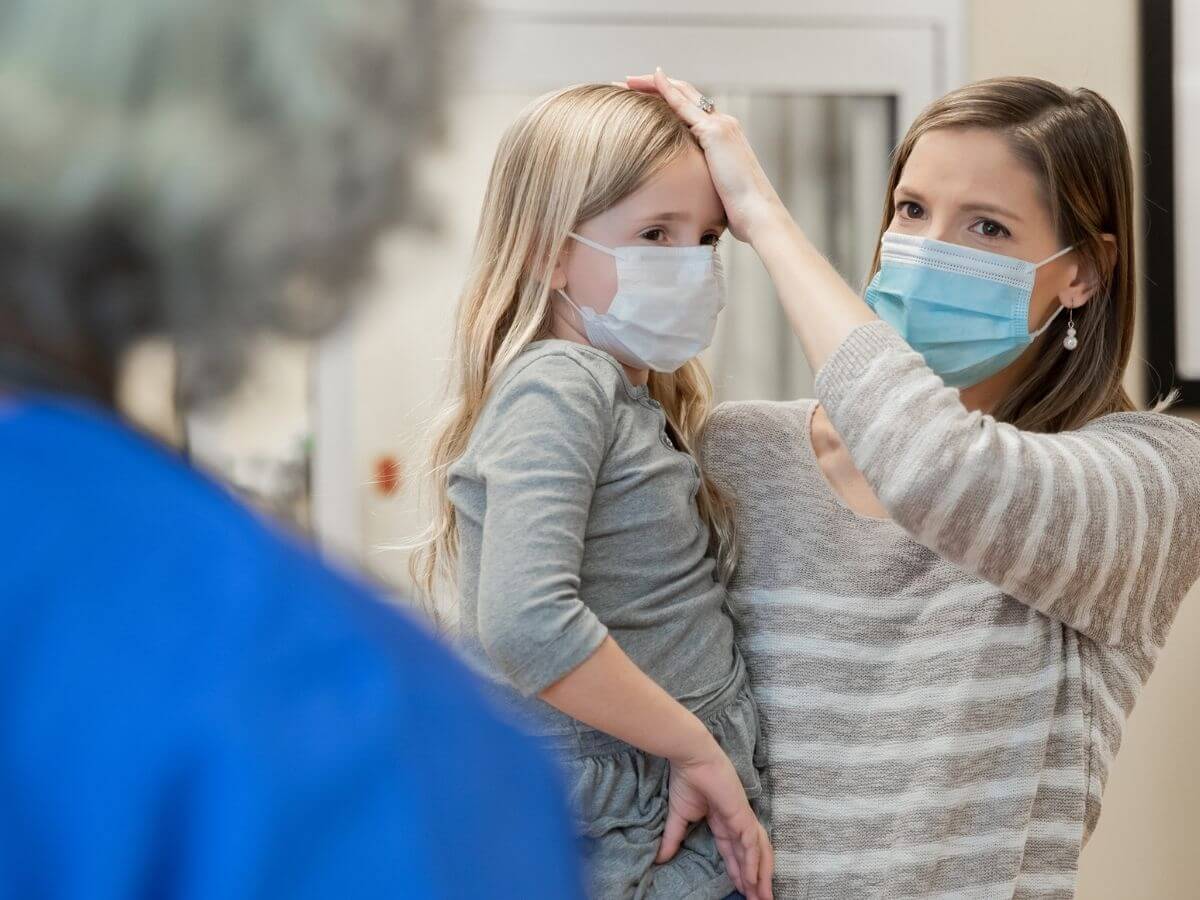Visiting the Emergency Department During COVID-19

When the COVID-19 pandemic first began, emergency department (ED) visits dropped significantly. Whether that was due to people complying with stay-at-home orders or not wanting to be exposed to the virus, EDs had plenty of open beds.
Today, the script has flipped. In many places, ED visits are at or above pre-pandemic highs. This probably is due to the combination of people getting more comfortable with being in public places and continuing high levels of serious COVID-19 cases. The result is that many EDs are experiencing crowding and treatment delays.
To help ensure that medical emergencies can be addressed promptly and properly, everyone must understand when and how to use their local ED.
Reasons to Seek Emergency Care
It’s understandable that when you suffer an injury or suddenly find yourself feeling seriously ill, you want to get medical care right away. However, EDs exist and are staffed to address certain types of medical emergencies.
If you experience any of the following, you should visit the ED as soon as possible:
- Chest pain or other heart attack symptoms like pain or discomfort in the jaw, neck, or back, shortness of breath, or lightheadedness
- Stroke symptoms including sudden numbness or weakness in a body part, severe headache, trouble speaking, or dizziness
- Severe breathing problems
- Head injuries
- Severe burns
- Passing out or being on the verge of passing out
- Broken bones that stick out of the skin
- Bleeding that you can’t stop
- Severe pain, especially abdominal pain
- Any serious life- or limb-threatening injury
And, in general, if you experience a symptom of any kind that’s sudden and severe, it’s best to get to your nearest ED or call 911.
Keep in mind that nobody is discouraging the use of EDs for serious illnesses or injuries. And if you’re ever in doubt about going to the ED or staying home, “better safe than sorry” is a good rule to follow.
But for issues like severe colds, minor lacerations, sprained ankles, and COVID-19 testing or vaccination (or vaccinations of any kind), there are other options for getting the care you need and leaving space in the ED for medical emergencies. Plus, ED patients are typically seen in order of the urgency of their medical needs, so you are likely to have a significant wait if you seek treatment for a minor medical issue.
Never Miss a Beat
Get the health and wellness news that matters most delivered straight to your inbox. Subscribe to our free email newsletter to stay up-to-date on the latest news and more.
Emergency Department Alternatives
If you have an urgent need for medical care or advice but you aren’t experiencing a medical emergency, consider these alternatives to an ED visit:
- Call your primary care physician’s office. They may have openings in their schedule to see you right away. And if it’s after hours, you may be able to speak to an on-call doctor or nurse who can help you determine your next steps.
- Visit an urgent care facility. Urgent care providers handle cases that are too time-sensitive to wait for an office visit but not serious enough to require the full resources of an ED.
- Have a video visit with your primary care provider. In many cases, a doctor or nurse can connect with you on your smartphone or tablet to assess your condition and determine if urgent or emergency care is needed.
- Get treatment in an urgent care video visit. This type of virtual visit is available 24 hours a day, 7 days a week without an appointment. Your doctor can treat many of the same conditions addressed at urgent care locations.
Emergency Department Safety
If you or your healthcare provider determine that you need to get emergency care, you can be confident that the ED is taking all the necessary steps to prevent the transmission of diseases like COVID-19.
You should wear a mask — if it doesn’t worsen your condition — whenever you visit a hospital, urgent care, or doctor’s office. And it’s important, in general, to be vaccinated against COVID-19. But the ED is a safe place to get help with a medical emergency.
Next Steps and Useful Resources
Discover Care Options
Find a Provider
Choosing Urgent Care or the Emergency Room
Urgent Care for Minor Illnesses



.jpg?rev=100d56223006437686642d5eb18d3a5e)